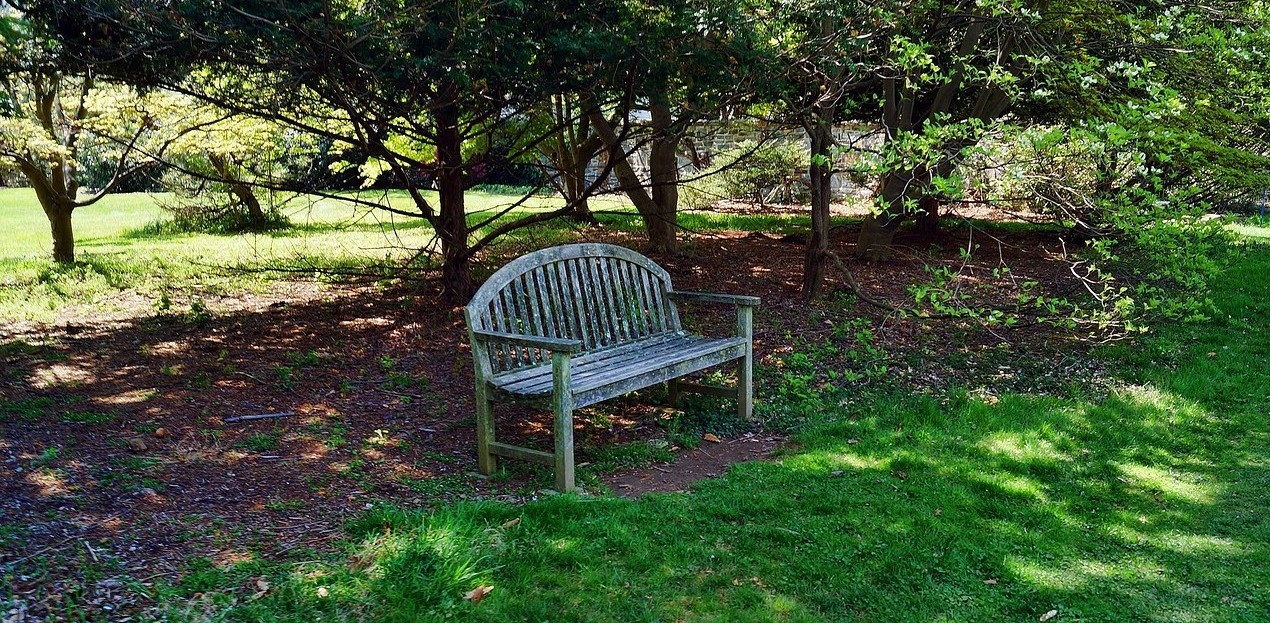Glenn Deliège, Mirte van Aalst, Bert De Roo and Giliam Ganzevles, researchers who are a part of the HOGENT-research centre Futures Through Design and Giliam Ganzevles researcher at Devine (HOWEST) recently published the book ‘Decentering Design – Practice in a More-than-human World’. Reflecting on open space use and design differently is the central theme. The book has a strong international focus and it can be found in several bookstores, including in Australia.
The publication results from two research projects that were launched in 2020. Both projects focused on the questioning of the role of design, specifically the idea that design today mainly stems from a human perspective, while overlooking the fact that this isn’t the only way to understand reality. Bert De Roo explains: "In the projects we explored how to evaluate towards a more relational design attitude where we bring to light that the human perspective and human needs are only one of many. How can we become aware of these other perspectives and how can we equally include them in design and art processes."
Bat
In 2023, the authors began bundling the results of the two research projects. That led to the book ‘Decentering Design’, which invites us to move beyond the idea of humans being the sole stakeholders in design. It encourages to reconsider how we relate to place and space, Bert De Roo explains: “We often have the tendency to view nature as something external, something we’re not a part of. How can we blur that rigid boundary we draw between humans and nature and how can we question our position as humans? How can we change this mindset and for example wonder how a bat might perceive our design? This may sound a bit unusual, yet it offers a valuable shift in perspective.”
The book is a representation of a search for ways to look at space differently as a designer. Bert De Roo says: “Most of the content emerged from the conversations we had in the context of the book and the scientific, artistic and design-related work by which we were inspired.
The publication doesn’t offer ready-made solutions, it allows the reader to wander around in the landscape and discover new insights. It combines theoretical insights with practical examples, and it includes interviews with experts from diverse domains, including art, design, policy and academic research. It challenges readers to look critically at their own practice, and through some hands-on tools we encourage experimentation in design and art processes.
Written in English, the book is aimed at an international, niche target market of design and architecture publications. It available both in Ghent and in Melbourne
Get to know the publication here.
